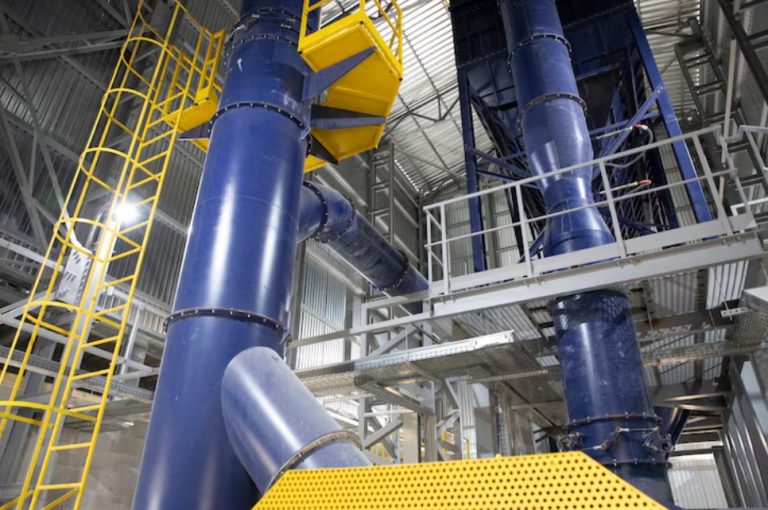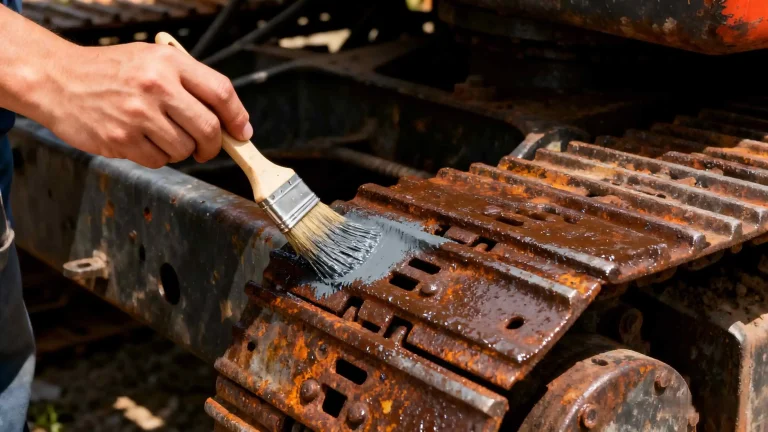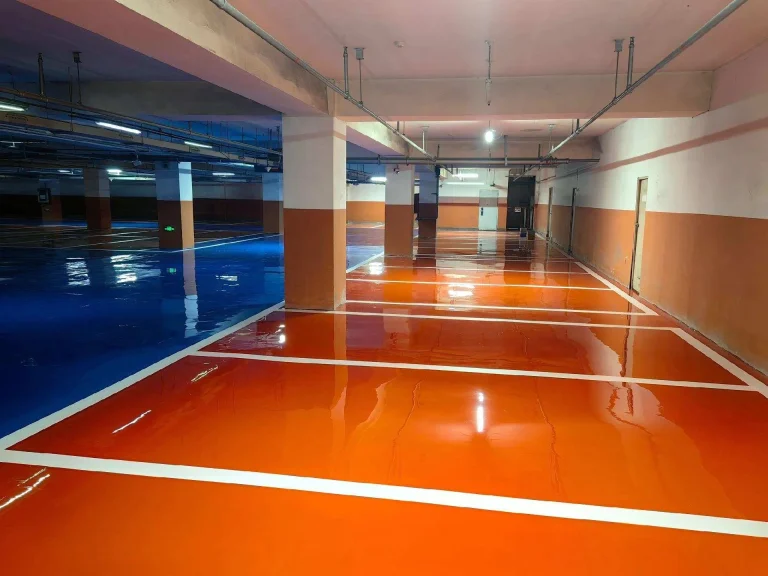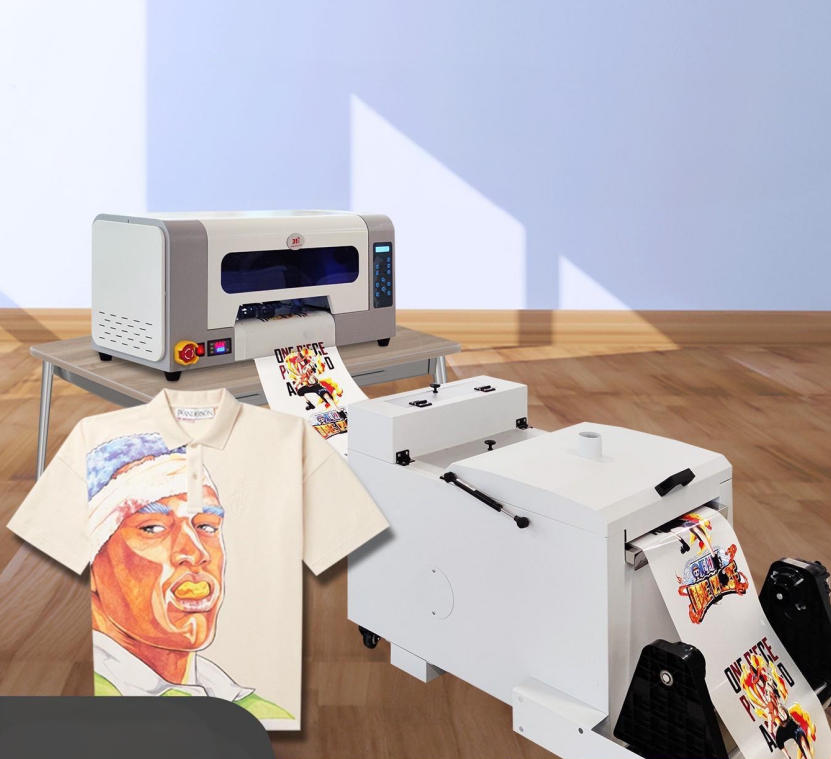
Inkjet printing has changed the game for industries like fashion and home décor. It lets folks print bright, sharp designs on everything from T-shirts to tote bags. The real star behind this magic is white ink absorbent coating material. This stuff, spread on thin plastic films like PET, makes it possible to churn out crisp patterns that stick perfectly to fabrics and other surfaces. Let’s take a closer look at what’s new with this tech, check out what’s hot right now, and think about where it’s headed next.
What Makes White Ink Absorbent Coating Material So Special?
White ink absorbent coating material is the quiet workhorse of direct-to-film (DTF) printing. Picture a flimsy sheet of PET film, just a thin slice of plastic. Now, coat it with a matte, white layer that does three jobs at once. It soaks up ink like a sponge. It keeps colors bold and clear. And it peels off cleanly when you transfer designs to fabric. That’s what this coating brings to the table.
This isn’t some random paint you’d slap on a wall. It’s a high-tech mix built for inkjet printing, where precision and toughness matter. The coating makes sure white ink, which can be a pain to work with, and colored inks stay sharp. They don’t smear. They transfer smoothly to materials like cotton, polyester, or even nylon.
Key Features Driving Its Popularity
So, what makes this coating such a big deal? It’s got a few standout traits. For one, it’s got this slick release feature. After you print a design and press it onto fabric, the PET film peels away without a fuss. No sticky mess, no smudged edges. Then there’s the way it locks in color. The coating grabs ink tightly, so you get vivid, punchy designs, even on dark fabrics where white ink sets the stage. It’s also got this neat anti-static trick. Static can mess up printing, but this coating keeps things smooth, cutting down on jams or splatters. Plus, it’s a champ at soaking up ink. Think of it like a paper towel sucking up a spill—it holds ink in place for crisp, detailed patterns.
These qualities aren’t just perks. They fix real headaches for digital printing shops, whether it’s a small Etsy seller or a big factory pumping out thousands of prints.
Current Trends in White Ink Absorbent Coating Materials
The digital printing world is always moving, and white ink absorbent coating materials are keeping pace. Things are shifting fast in 2025. Manufacturers are finding new ways to make this coating work better and smarter. The push Mack of all trades is the 3-in-1 coating. Instead of needing separate layers for release, ink absorption, and adhesive, this single formula handles all three jobs. You coat the PET film once, and you’re done. It’s a huge time-saver. A mid-sized DTF shop in Ohio told me they slashed their production time by nearly a third after switching to this coating, and the prints still looked fantastic.
Sustainability is another big push. Folks, especially in places like Europe and the U.S., want greener options. So, companies are rolling out coatings with water-based or low-VOC formulas. These cut down on harmful chemicals but still deliver top-notch results. It’s a win for both the environment and the bottom line.
Customization is also a hot topic. Every printing setup is different—some focus on cotton tees, others on nylon bags or mixed fabrics. New coatings can be tweaked to fit specific needs. A coating for nylon might focus on sticking extra tight to that slick surface. One for cotton might amp up the color pop. This flexibility lets shops dial everything in just right.
Static electricity can be a nightmare, causing misfeeds or ink splatter that screws up a whole run. New coatings add anti-static ingredients to keep things running smoothly. A printer in Texas mentioned they cut downtime by about 15% after switching to an anti-static coating. That’s real money saved.
Then there’s durability. As DTF printing moves into heavy-duty stuff like sportswear or outdoor gear, coatings need to handle serious heat during transfers. The latest ones can take up to 200°C without breaking a sweat, so designs stay sharp no matter what.
The Science Behind the Coating
To get why these advancements are a big deal, let’s peek under the hood. White ink absorbent coating materials are usually built from polymers, mixed with resins, adhesives, and some special additives for inkjet printing. The coating creates a surface full of tiny pores on the PET film. It’s like a sponge with microscopic holes that trap ink droplets. This keeps ink from spreading or pooling, which is key for sharp, high-res designs.
The release part is a balancing act. The coating sticks just enough to hold the ink while printing. But when it’s time to transfer, it lets go easily under heat and pressure. Anti-static properties come from conductive additives that zap away electric charge, keeping the process glitch-free.
Here’s how a 3-in-1 coating compares to the old-school multi-layer approach:
| Feature | 3-in-1 Coating | Traditional Multi-Layer |
| Production Steps | Just one coating step | Several coating steps |
| Cost Efficiency | Cheaper materials and labor | Pricier due to layered process |
| Consistency | Steady quality, fewer mistakes | Risk of layers not lining up |
| Production Speed | Quick and streamlined | Slower with multiple steps |
| Environmental Impact | Often greener, less waste | More waste from extra coatings |
This shows why 3-in-1 coatings are taking over. They’re faster, cheaper, and more dependable.
Future Prospects: Where Is This Technology Headed?
The future looks promising for white ink absorbent coating materials. Things are getting exciting. Imagine a coating that adjusts itself based on the ink or material it’s working with. Researchers are playing with smart polymers that shift their absorption or release traits depending on things like heat or ink thickness. This could mean coatings that work across tons of printers and surfaces without extra tweaking.
AI is sneaking into printing, too. Down the road, coatings might pair with AI systems that watch print quality in real-time. If the ink starts to bleed a bit, the AI could signal the printer to adjust the coating thickness for sharper results. It’s like having a super-smart assistant on the factory floor.
Sustainability is only getting bigger. The push is on for coatings that are fully biodegradable or make PET films easier to recycle. That’d be huge for brands wanting to go green, especially in markets with tight rules on plastic waste. A small shop I talked to in California is already jazzed about the idea of recyclable films—they’re getting pressure from customers to clean up their act.
And the coatings aren’t just for clothes anymore. They’re popping up in 3D printing, car decals, even medical stuff like custom bandages. As coatings get tougher and more adaptable, they’ll show up in places we haven’t even thought of yet. I heard about a startup experimenting with coatings for flexible electronics—wild stuff.
A Brief Introduction to Konaz: Your Trusted Coating Supplier
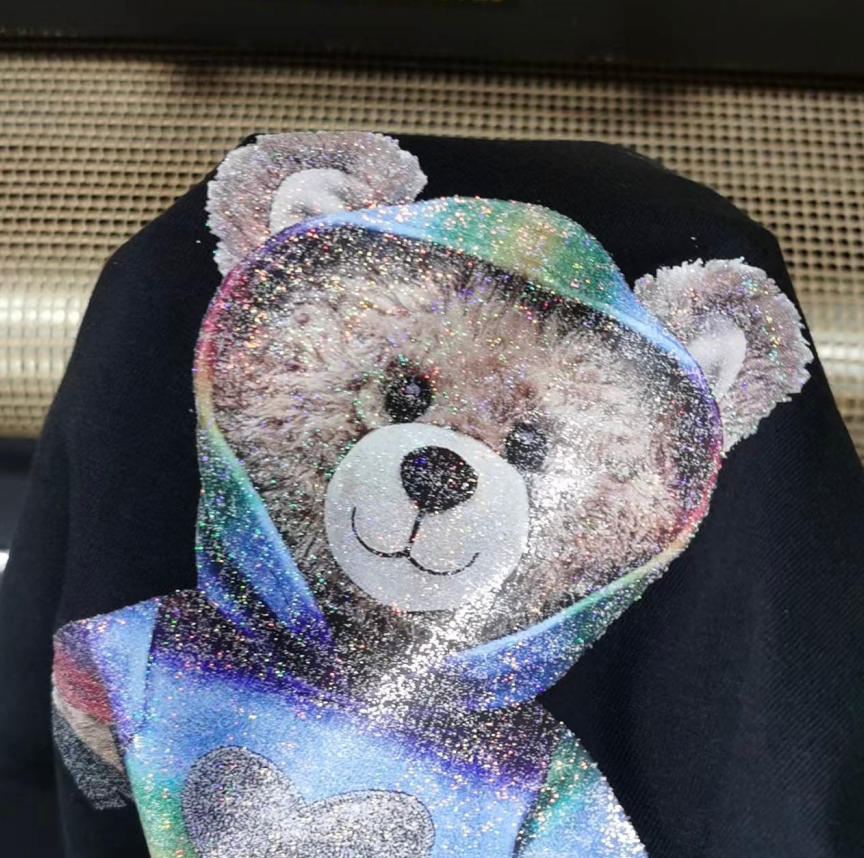
Konaz is a top player in advanced functional coating materials, zeroing in on white ink absorbent coating materials for inkjet printing. They’ve spent years perfecting their 3-in-1 coating, which handles release, ink absorption, and adhesion in one go. It’s a high-performance formula that works like a charm. Konaz serves everyone from digital printing manufacturers to OEM/ODM partners and industrial suppliers across the globe. They’re all about boosting quality, cutting costs, and keeping things eco-friendly. Whether you’re printing vibrant tees or rugged outdoor gear, Konaz’s coatings can be tailored to fit your setup.
Conclusion
White ink absorbent coating materials are shaking up inkjet printing. They make it simpler, quicker, and greener to create eye-catching designs. With tricks like easy release, bold color density, anti-static properties, and strong ink absorption, these coatings are a must for modern DTF printing. The shift toward 3-in-1 formulas and eco-friendly options is gaining steam, and innovations like smart coatings are just around the corner. For shops looking to stay ahead of the curve, teaming up with a reliable supplier like Konaz can be a game-changer. It’s an exciting time to be in the printing world.
FAQs
What’s white ink absorbent coating material, and why’s it a big deal for inkjet printing?
This coating goes on PET films in DTF printing. It soaks up ink, keeps colors bright, and lets designs transfer cleanly to fabrics. It’s a big deal because it delivers sharp, durable prints. No smudging, no mess—just clean, vibrant results.
How does the easy-release feature in white ink absorbent coating material work?
The coating holds ink steady during printing. When you heat-press the design onto something like a shirt, the PET film peels off smoothly. No sticky residue, no smeared edges. The design stays perfect.
Can white ink absorbent coating material handle all kinds of fabrics?
Absolutely. It works on cotton, polyester, nylon, and blends. You can tweak the formula to stick better or boost color, depending on the fabric. It’s super versatile for all sorts of projects.
Why do anti-static properties in white ink absorbent coating material matter?
Static can cause ink splatter or jam up machines. Anti-static coatings cut that out, keeping things running smoothly. A shop I know said it slashed their downtime, saving them cash and stress.
What’s so special about 3-in-1 white ink absorbent coating material?
It combines release, ink absorption, and adhesive roles into one layer. No need for multiple steps. This cuts time, costs, and errors, making it a go-to for efficient DTF printing.

